This article originally appeared on Spectrum on May 2, 2016.
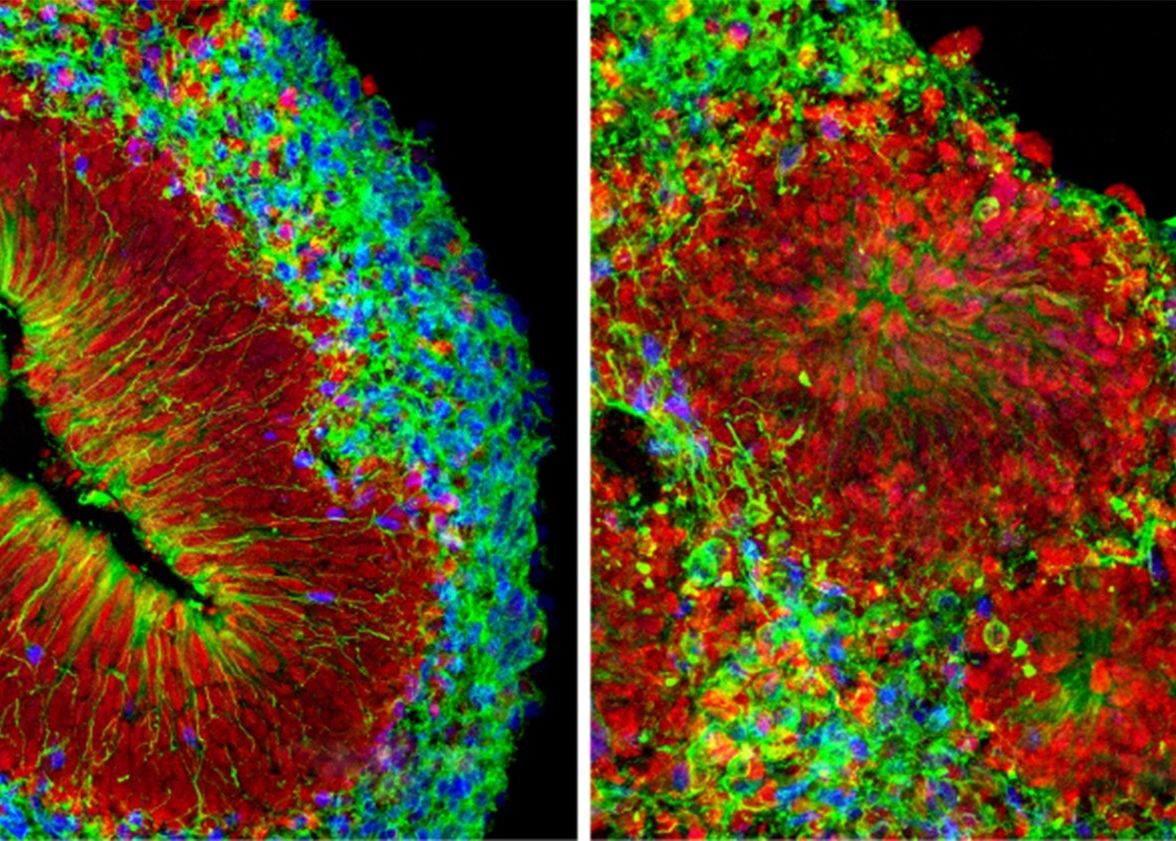

Lookout Silicon Valley — FDA is here. I do suggest tech companies working on technologies that enhances or alters any bio living things to ensure that your certifications, processes are well defined and govern, and in some cases the engineers, etc. will need some level of a medical background and certifications as well. Why many have stated that future engineers and technologists will need a bio background through education, etc.
Helmy Eltoukhy’s company is on a roll. The start-up is a leading contender in the crowded field of firms working on “liquid biopsy” tests that aim to be able to tell in a single blood draw whether a person has cancer.
Venture investors are backing Guardant Health to the tune of nearly $200 million. Leading medical centers are testing its technology. And earlier this month, it presented promising data on how well its screening tool, which works by scanning for tiny DNA fragments shed by dying tumor cells, worked on an initial group of 10,000 patients with late-stage cancers.
Just one thing is holding the company back: Guardant Health has yet to get approval from Food and Drug Administration.
A virtual classroom on the dark web aims to boost the cyberskills of those who want to join the collective known as Anonymous.

Bill Gates on personalized learning, AI in education.
The rise of smartphones has transformed the way students communicate and entertain themselves. But the classrooms they spend so much of their time in remain stubbornly resistant to transformation. On one hand, technology has long had a home in classrooms — I learned to type on an Apple IIe in the late 1980s. But for most schools, the approach to teaching remains stubbornly one-size-fits-all: a single teacher delivering the same message to a group of about 30 students, regardless of their individual progress.
Bill Gates is working to change all that. Through the Bill and Melinda Gates Foundation, Microsoft’s co-founder and chairman has invested more than $240 million to date in a developing field known as “personalized learning.” It’s a diffuse set of initiatives, led mostly by private companies, to develop software that creates individual lesson plans for students based on their performance, coaching them through trouble spots until they have mastered the subject at hand. Teachers still play a central role in the classroom, but they do less lecturing and more one-on-one coaching.
The effort is led by a dizzying array of startups with terrible names — think “Learnosity” — but big companies are starting to pay attention. In 2014 Google launched Classroom, which lets teachers post class announcements, assign work to students, and collect and grade their assignments. And last year Facebook announced a partnership with Summit Public Schools, in which the Gates Foundation is an investor, to create personalized learning software and make it freely available.
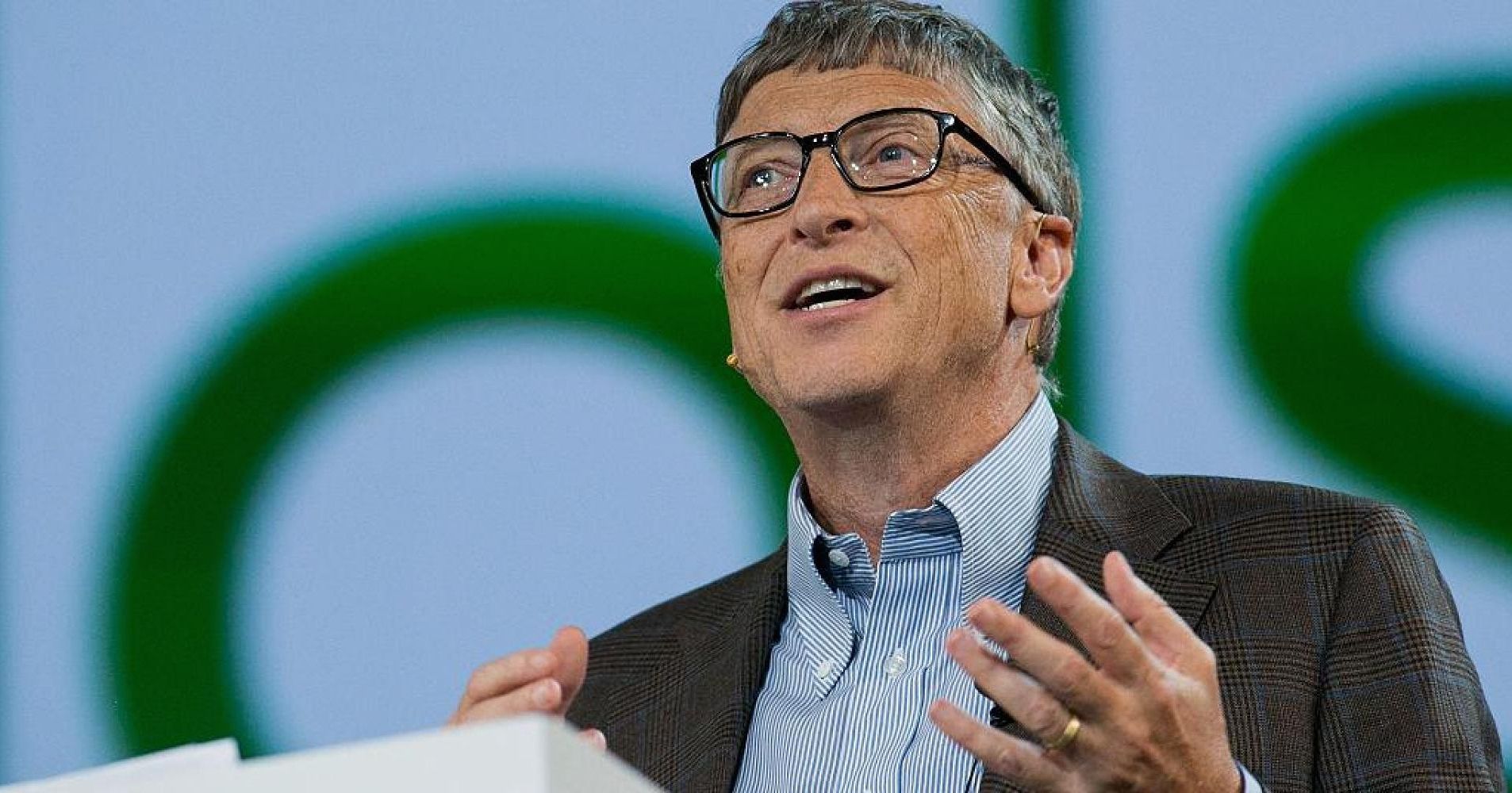

We’ve been saying for ages that parents are among the best problem-solvers in the world, and the story behind Upsee confirms it. When Debby Elnatan’s second son Rotem was diagnosed with cerebral palsy, an umbrella term for a group of neuromuscular movement disorders that develop before birth or early in childhood, she decided that the physical therapists’ recommendations for Rotem to remain seated for most of the day weren’t going to work for her son. She wanted her little boy to move and walk and experience the world from a different viewpoint. The rub: he needed Debby’s help… a lot of it. So she took the matter into her own hands and crafted a device that would allow him to move with her, safely encouraging independence and helping to develop his muscles. Upsee is the result of years of tinkering with Debby’s original harness design to make it more comfortable, user-friendly, and ultimately more beneficial for the children using it. The current version includes different harness colors, an adjustable hip belt for the adult, and double sandals that allow the parent to help guide their child’s feet, effectively teaching them the movements of walking. Debby estimates that the Upsee has been sold in 100 countries: think about all those kiddos who are getting the thrill of walking for the first time!
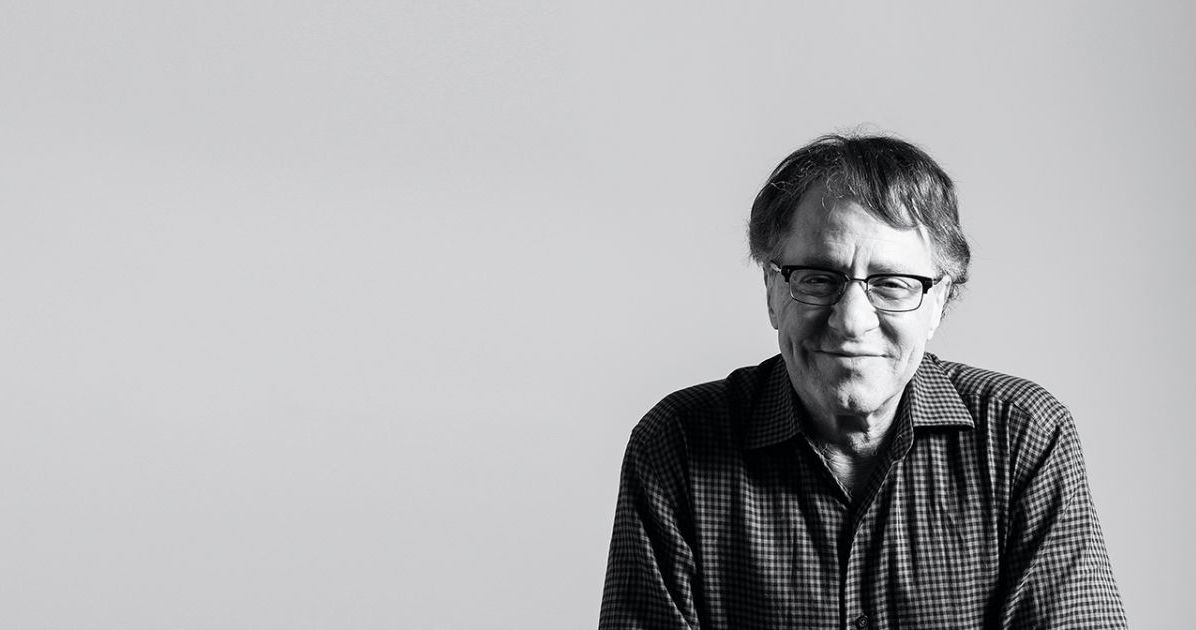
Many think author, inventor and data scientist Ray Kurzweil is a prophet for our digital age. A few say he’s completely nuts. Kurzweil, who heads a team of more than 40 as a director of engineering at Google, believes advances in technology and medicine are pushing us toward what he calls the Singularity, a period of profound cultural and evolutionary change in which computers will outthink the brain and allow people—you, me, the guy with the man-bun ahead of you at Starbucks—to live forever. He dates this development at 2045.
Raymond Kurzweil was born February 12, 1948, and he still carries the plain, nasal inflection of his native Queens, New York. His Jewish parents escaped Hitler’s Austria, but Kurzweil grew up attending a Unitarian church. He worshipped knowledge above all, and computers in particular. His grandmother was one of the first women in Europe to earn a Ph.D. in chemistry. His uncle, who worked at Bell Labs, taught Ray computer science in the 1950s, and by the age of 15, Kurzweil was designing programs to help do homework. Two years later, he wrote code to analyze and create music in the style of various famous composers. The program won him the prestigious Westinghouse Science Talent Search, a prize that got the 17-year-old an invitation to the White House. That year, on the game show I’ve Got a Secret, Kurzweil pressed some buttons on a data processor the size of a small car. It coughed out original sheet music that could have been written by Brahms.
After earning degrees in computer science and creative writing at MIT, he began to sell his inventions, including the first optical character recognition system that could read text in any normal font. Kurzweil knew a “reading machine” could help the blind, but to make it work, he first had to invent a text-to-speech synthesizer, as well as a flatbed scanner; both are still in wide use. In the 1980s Kurzweil created the first electronic music keyboard to replicate the sound of a grand piano and many other instruments. If you’ve ever been to a rock concert, you’ve likely seen the name Kurzweil on the back of a synthesizer.
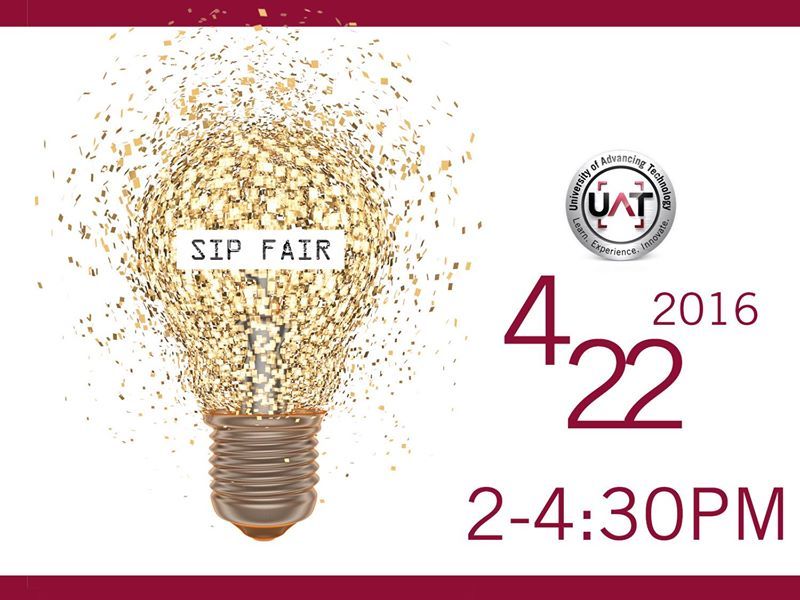
The Student Innovation Project, or SIP, gives students a chance to develop an innovative idea and put their creativity to work.
As soon as their sophomore year, students are asked to begin brainstorming for their SIP, and also have two classes that help students prepare for their project. Students take PRO211, taught by Professor Vita-Moore, and PRO 483, taught by Professor Belanger.
During senior year, students use most of the time to work on the SIP, constructing a working model that will later be judged at the SIP Fair by UAT Faculty and local industry leaders for feedback.
A student’s SIP is a reflection of what they learned at UAT and also serves as a tangible project to showcase for future job opportunities.
This semester, the SIP Fair will take place on Friday, April 22, 2016 in the Commons and UAT Theater.

Australia should go “Big Science” on addressing Cyber Security. I believe Australia is already making strides in Cyber Security with their own advancements in Quantum.
Australia’s Cyber Security Strategy, to be released this Thursday, will include an emphasis on research and development, as well as education. How might that unfold?
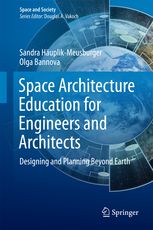
“This book considers two key educational tools for future generations of professionals with a space architecture background in the 21st century: (1) introducing the discipline of space architecture into the space system engineering curricula; and (2) developing space architecture as a distinct, complete training curriculum.”